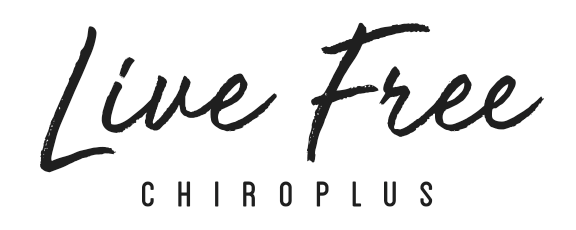Processes of Raising the Foods You Buy & Consume. Did you know?...
Have you ever been stuck in a situation where you couldn’t express who you really are? Like not being able to fully convey or demonstrate the characteristics that define what makes you distinctly you? Maybe a job or relationship that tethered your soul to a confined paddock. Now imagine that situation as your entire living experience—from birth until death, never able to express your true nature. How healthy do you think you could possibly be living in a situation like this?
This is the cold reality of all the plants and animals produced in the industrial food system. There is no consideration into what makes a plant or animal grow into its healthiest form, just, “How do we produce more for cheaper at a faster rate?” It is a true quantity-over-quality system of producing food. Which, through one lens, makes some sense in an ever-growing population, however, when you look at the negative outcomes, does it really make sense to continue this system?
As we follow down the other branches of our food system, there are steps down in scale and steps up in quality.
There is The Industrial Organic Branch (think organic foods/products from big-name brands). This branch at least lowers the negative environmental impact of mass production farming, however, it still does not incorporate methods that allow plants and animals to express their distinctive qualities.
Then, there is The Small-Scale Branch consisting of local, organic, and regenerative farming practices.
This is where we see the “healthiest’ food. Joel Salatin, a regenerative farmer, and advocate for a healthier food system says,
The industrial food system is so cruel and so horrific in its treatment of animals. It never asks the question: ‘Should a pig be allowed to express its pig-ness?
Or a chicken its chicken-ness?
When we look at what animals and plants could be like in nature should we raise them that way, the animals would benefit, we would benefit and the world would benefit.
When looking at nature, you will be hard pressed to find any place where only one plant is growing. Different plants offer different inputs to the soil and, too, benefit from growing next to each other. So why do we think it is a good idea to do the exact opposite of this? A pig’s pig-ness is rooting around in search of bugs, acorns and roots. Cows and other ruminant animals will always be found grazing but also moving. Animals in nature never stay in one location their entire life. Birds always follow grazing animals, scratching and tilling the ground in search of tasty bugs. This beautiful symbiotic relationship is perfect and thrives on its own. No need for chemical fertilizers, antibiotics or hormones. A successful regenerative farming practice not only allows the soil, plants and animals to live their healthiest life, but also saves the environment by sequestering carbon out of the air and back into the soil. Regenerative Farming practices are where we are committed to sourcing our food by utilizing our own land.
Now this is not meant to shame you for buying anything other than products for this farming practice. You must do what is right for you and your family. But I would remind you that when you do, you do so knowing that you are complicit with its ramifications. We are fortunate to live in a world where we have access to alternative options. For example, make time for a visit to your local farmers market and meet the farmers. Don’t have one nearby? Thrive Market is an online health food supplier with a carbon neutral footprint that supports regenerative farmers around the world.
With that, simply begin to be aware and educate yourself on the various sources of where your food is coming from. Once you begin this process will truly know what it is to begin LIVING FREE!
Want to receive this blog straight to your inbox? Sign up for our monthly newsletter!
Are you following us on social media?

